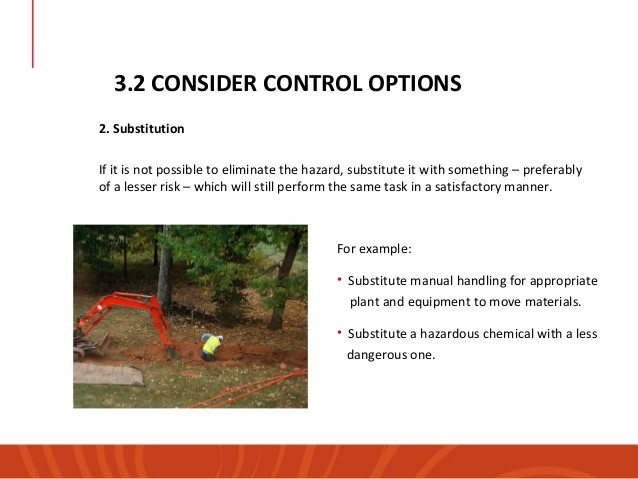Reducing Risk With Options_2
Post on: 7 Июль, 2015 No Comment

The first step in managing risk
You can opt-out at any time.
Please refer to our privacy policy for contact information.
One of my basic tenets of investing is the idea that a trader cannot find success without a healthy respect for risk. Therefore learning to manage risk is a mandatory part of any trader’s education.
Today, I want to encourage you, the new option trader . to think in terms of hedging whenever you trade. So let’s begin with a definition of the term:
Hedge. A n investment position intended to partially offset gains or losses from another position. In the options universe such positions are referred to as spreads .
In simple terms, a hedge limits profits and losses. When used properly, trading hedged positions increases your chances of having a profitable trade.
If you have ever heard anyone use the expression hedging a bet this concept is the origin of the expression.
In the options world, a hedge is the combination of two different positions. Most commonly, one of the positions is bullish and the other is bearish (although there are other risks, besides market direction, that can be hedged). The resulting hedged position can be:
- Market neutral. Such positions earn or lose money when the stock market undergoes a significant price change. You can construct the position to profit from the big move. You can also do the opposite: and own a position that earns money when the market is fairly stable and no such large price change occurs.
If you are brand new to options, the examples below may not mean anything to you. That’s okay for now. I will explain these spreads in great detail as we progress. For others,

Market neutral: Buy one call and one put; or sell one call and one put with the same expiration. These positions are calls straddles or strangles .
Bullish: Buy one call and sell another. Both options expire at the same time and the call bought is more expensive than the call sold and is a debit spread. Also: Buy one put and sell another. This time the put sold is more expensive (credit spread ).
Bearish. Buy one put and sell another (same expiration). The put you bought is more expensive than the put sold. Also: Buy one call and sell another. This time the call sold is more expensive.
Some properties of the hedged position :
- When owning a hedged position, as things change (such as the price of the underlying stock, time passes, markets become more volatile etc.) part of the spread earns money while the other part loses money. The trade is successful when the gains exceed the losses.
Today’s post is to make you aware that there is far more to using options than simply buying calls when bullish or buying puts when bearish. In fact, I hope to discourage you from making such trades. I’m sure you will learn to appreciate the importance of spread trading as you learn more about options.
Hedging is an essential part of managing risk.














